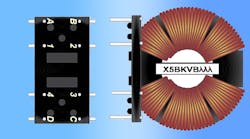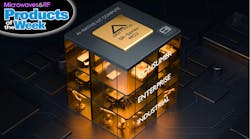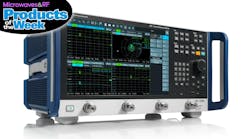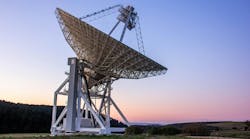Striking the Right Balance: RF Power Output and Efficiency (.PDF Download)
Efficiency in electronics is a measure of how well a device or system does with the power available to it. For a battery-powered product, it’s easy to tell when it’s efficient, since more efficient products will operate for longer time periods on a given battery charge. With the world moving to portable cell phones and eventually 5G cellular systems, cellular radios with high efficiency will contribute to effective wireless communications networks and longer talk times per charge. High efficiency isn’t confined to just power amplifiers (PAs) within the system, though; it involves all of the components that contribute to minimizing signal losses and power.
Efficiency in an RF/microwave system can be described in its simplest form as the amount of RF/microwave output power that’s produced, such as from a PA, from a given amount of dc input power, such as a power supply or a battery. Although the concept is simple, efficiency may not be easy to determine for an application. That’s because it depends on the type of active device or devices used in a PA, the operating frequency, temperature, the drive level, and even the impedance of the load. Even comparing a transmitter based on an electron-tube configuration, such as a traveling-wave tube (TWT), to a solid-state PA based on the latest gallium-nitride (GaN) power transistors will provide some insight into how efficiency can differ drastically for the same frequency range and output power level.
Achieving high efficiency in an electronic system is a common goal for designers, although it can be quite challenging and may involve many components in the system. Power efficiency is usually associated with an electronic system’s active components, such as the PAs in a radio’s transmitters and low-noise amplifiers (LNAs) in a receiver.








